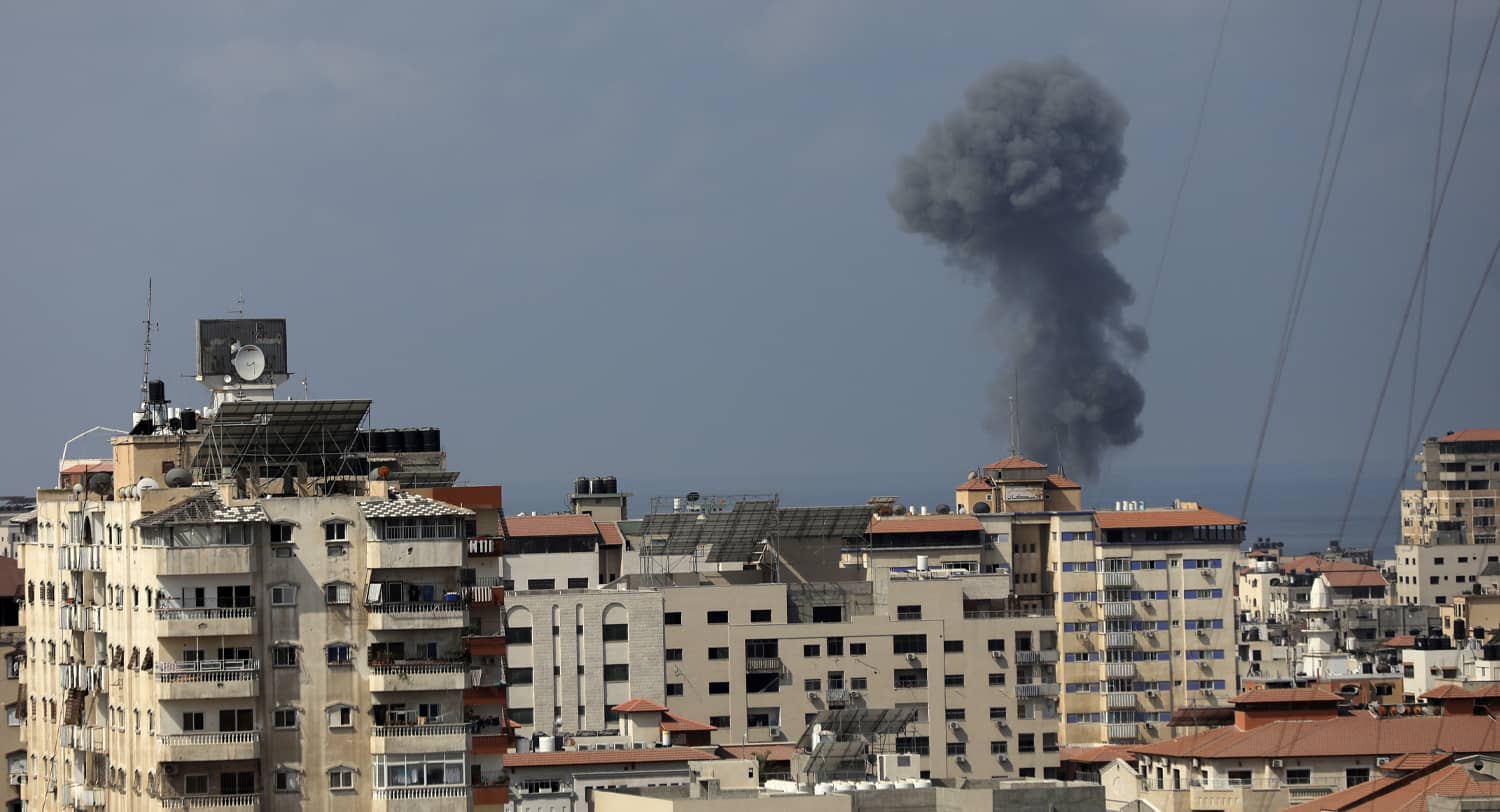Why did the Israel Defense Forces launch an attack on commanders and positions of the Palestinian Islamic Jihad on the afternoon of Friday, August 6, knowing full well that this would lead to rocket attacks and counterstrikes? And why did the fighting end so quickly?
>> Insights from Israel: Read more from our columnists
To answer these questions, it is necessary to place the latest round in context. Since its inception in 1981, PIJ (Palestinian Islamic Jihad) has been inspired by the Iranian revolution; it is today an Iranian proxy. In terms of the organizations active in Gaza, what distinguishes PIJ from Hamas is that Hamas may work with the Iranians, but PIJ works for Iran. The current leader of PIJ, Ziyad al-Nakhaleh, spent the days of the fighting in meetings with the Iranian leadership.
In recent months, the steady flow of Iranian money—combined with growing signs of weakening control by the Palestinian Authority—led to a dramatic rise in the level of PIJ activity in the West Bank, particularly in Jenin and other northern areas. In response, the Israeli authorities—the IDF and the Internal Security Service—moved to preempt terror attacks and detain key operatives, ultimately arresting (on the night of August 1) the senior commander of PIJ in the West Bank, Bassam al-Sa‘adi.
The response from PIJ was unprecedented and seemed to reflect a sense of confidence (unwarranted, as it turned out) in their ability to intimidate the Israeli government. They declared the “unity of the fronts”—with Gaza in reaction to Israel’s actions in the West Bank. They set in motion, in retaliation for al-Sa‘adi’s arrest and as part of a new “equation”—a term they learned from Hezbollah—a plan to kill Israelis travelling on roads near the Gaza border. This was to be done by firing an anti-tank weapon at a vehicle or a train (there have been such incidents in the past, in which civilian families as well as soldiers have been killed).

Israel’s Iron Dome anti-missile system intercepts rockets launched from the Gaza Strip towards Israel, as seen from Ashkelon. Photo credit: REUTERS
Israel has a firm intelligence grip (based on agents and various technical means) on the PIJ leadership. It was acutely aware of PIJ intentions and of the preparations at hand. All traffic in the vulnerable roads and rail segments was halted, causing much social and economic disruption in the border area itself and loud grumbling (with political undertones) on the part of many in Israel—“how can we allow one terror group to hold so many Israelis hostage?”
For three days, the Lapid government imposed these travel restrictions, took the bitter criticism in stride, and then struck—based on highly specific intelligence—killing the commander of the PIJ “brigade” in Northern Gaza (his colleague in Southern Gaza was killed a day later). Air and artillery attacks took out PIJ positions, storage, and manufacturing facilities.
The cost for PIJ began to mount, which is always one part of the deterrence equation. Meanwhile, the other part—deterrence by denial, i.e., demonstrating to the attacker the futility of its actions—was achieved by the remarkable rate of success of the Iron Dome. Israel suffered minor material damage (though life was thoroughly disrupted in places), but no Israelis lost their lives or were seriously wounded. The results were entirely one sided, and hence the decision by PIJ to agree to a ceasefire, even though their Iranian masters would have wanted them to persist. While some Israelis would have wanted a more thorough destruction of PIJ assets, there is no question as to who won. Even on the media front, the Palestinians blotted their own copybook by blaming Israel for the death of children that turned out, based on good evidence, to have been killed by a stray PIJ rocket.
Most significantly, Hamas stayed out again, as it did in 2019 in a previous round between PIJ and Israel. The Egyptian intelligence service moved in, as in past rounds (Egyptian diplomats do not grace these Islamist terror groups by treating them as legitimate interlocutors), with Israel fully committed to maintaining Cairo’s political primacy in the region. The language about an Egyptian intent to “pursue” the release of arrested PIJ leaders can be dismissed as a transparent bid to offer the organization a meaningless piece of language that will enable PIJ to claim an “achievement.”
Arrests in the West Bank continue: the “unity of the fronts” has dissipated, PIJ was mauled at the operational level, and Hamas lost face for staying out. The main lesson from this latest round is that Iran’s ability to foment trouble by proxy has diminished.

